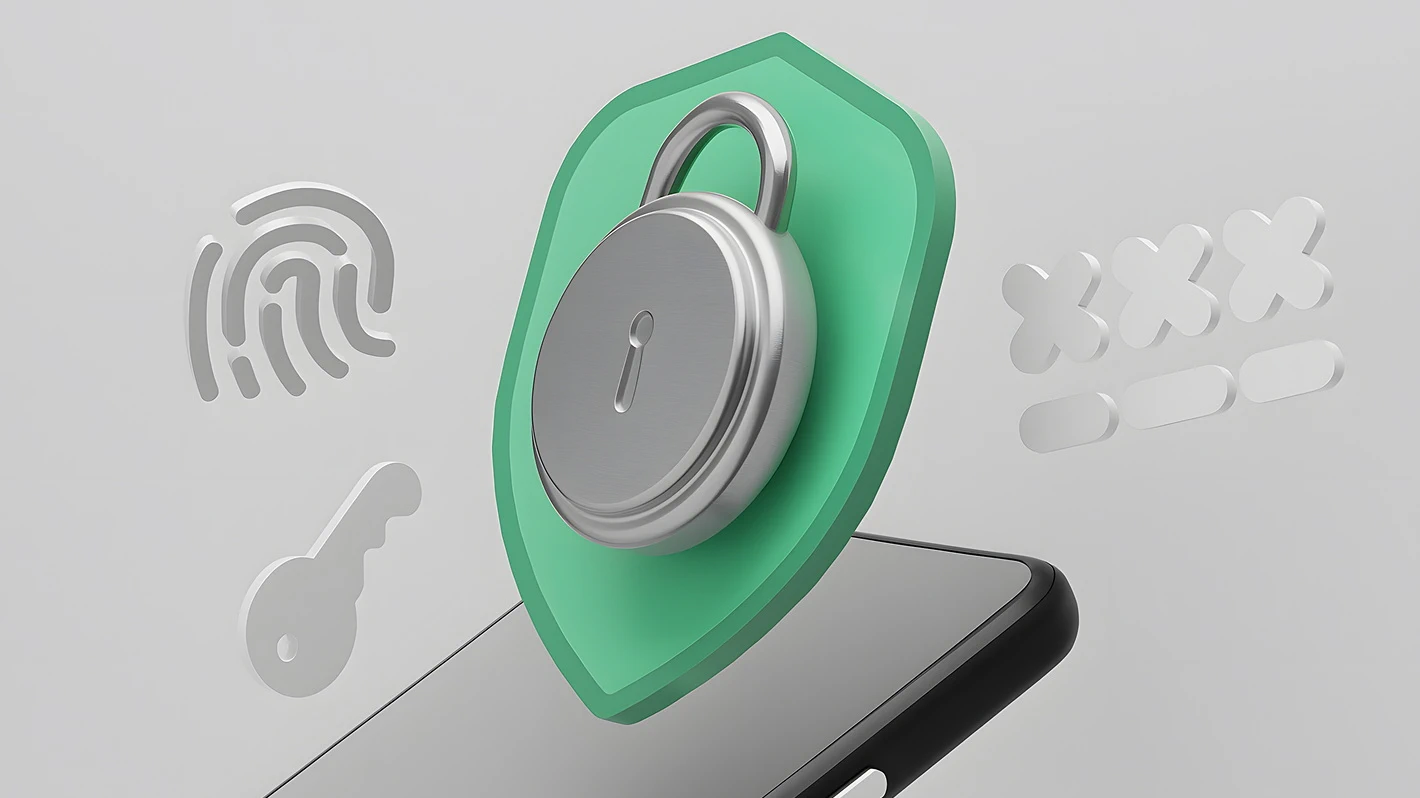Telehealth adoption was already underway before COVID-19 hit. But the pandemic pushed telehealth use into fast-forward for providers and patients alike. Here’s just one data point from a government report: Medicare visits conducted via telehealth increased 63-fold, from approximately 840,000 in 2019 to 52.7 million in 2020.
However, telehealth is by no means a new phenomenon. It even existed before the internet became part of our daily lives. Telehealth (also known as telemedicine) is a term coined as far back as the 1970s and means “healing at a distance.” According to the World Health Organization, It’s about using information and communications technology to “improve patient outcomes by increasing access to care and medical information.”
But with increasing internet access and the proliferation of digital solutions, health professionals gained more opportunities to connect with their patients remotely. When COVID-19 came along, the healthcare industry was already primed for a telehealth surge.
Why the COVID-19 Pandemic Accelerated Telehealth Adoption Forward
It’s no surprise that healthcare was one of many things that shifted to digital due to COVID-19. Some people felt concerned that visiting their doctor would put them at higher risk of contracting the airborne virus. Also, although stay-at-home restrictions allowed for in-person health appointments, many people had grown accustomed to engaging virtually with work, school, and shopping. For some people, it was second nature to extend their preference for virtual healthcare.
Health workers were also fearful of being exposed to Covid-19. Before the vaccine rollout, doctors faced a double burden: the patient load increased as the transmission of the disease grew, and their own exposure to the virus increased exponentially. No wonder telehealth saw a surge at this time.
Due to the global vaccine rollout, coupled with more targeted treatments for COVID-19, many aspects of life have returned to pre-pandemic modes. For healthcare, this means some telehealth use has subsided. Still, as of mid-2021, telehealth usage had stabilized at a rate 38 times higher than in February 2020, according to McKinsey & Company. What’s more, McKinsey reports that 58% of physicians “view telehealth more favorably now than they did before COVID-19.” This shows that telehealth is still a vital part of healthcare.
The Advantages of Telehealth
Telehealth is here to stay because of the advantages it offers to both patients and healthcare providers alike.
For patients, travel to and from appointments can be a burden. This is especially true for people in rural areas who may not have access to specialist physicians locally, along with people with transportation barriers or disabilities that limit mobility. Additionally, busy professionals or families may find it challenging to fit travel to medical visits into their hectic daily schedules but still need access to care. Telehealth alleviates these challenges by giving people easy options to receive care without having to disrupt their routines.
Another advantage of telehealth for patients is the convenience of staying home when sick. For example, nobody wants to travel from home with a migraine, bad flu, or stomach ache. A trip to the doctor feels like a big commitment for a simple and easy-to-fix complaint or a simple checkup. Telehealth offers the convenience of care without the burden of travel.
Also of concern to patients is the issue of privacy. Visiting a doctor can mean sitting in a crowded waiting room with others from the same community. People may recognize one another, while receptionists call out patients’ names when it’s their turn. Through telehealth, patients can connect with care providers from their homes or offices and feel secure knowing that their privacy is protected.
For healthcare providers, the advantages of telehealth are also numerous. Telehealth can reduce the cost of running a full-time brick-and-mortar practice. Doctors who are also caregivers to their children can service their patients from the convenience of their own homes, and like their patients, they can save time and money on travel.
Another advantage for medical professionals, which became all too clear during the pandemic, is not being exposed to communicable diseases. Doctors put their own health and lives at risk in the service of others. Additionally, healthcare providers can extend the footprint and reach of their business. Through telehealth, providers can better reach rural and underserved communities, stay connected to patients who may have moved out of their practices’ service areas, and gain new clients in other geographic locals.
What’s the Future of Telehealth?
All signs point to the continued growth of the telehealth market in the coming years. According to Statista, the global digital health market was worth an estimated $175 billion in 2019 but is projected to reach nearly $660 billion by 2025–equating to an estimated 24.8% compound annual growth rate (CAGR). Also, according to Insider Intelligence, 29% of the population in the US used telehealth services in 2021, but by 2025, that figure is on track to reach 39%.
As telehealth adoption grows, it is essential to provide the highest quality service possible. Healthcare providers can outsource tasks that are not their core business—for example, billing for services performed, scheduling appointments, and seeking patient feedback, among others—so that they can focus on delivering quality care. Outsourcing non-core functions make it possible to scale up the business while offering the best digital solutions with the human touch to enhance the patient experience.
It’s time to act
With telehealth firmly entrenched in the industry, no healthcare provider can afford to get left behind. The time-saving convenience and privacy of virtual healthcare are here to stay, and practices must reinvent how they engage with patients. Instead of building up large teams in-house, healthcare providers can focus on delivering exceptional patient care and outsource front-office and back-office functions to experienced professionals.
If you’re ready to accelerate your business and deliver top-notch service to patients, you need a trusted outsourcing partner. With deep expertise in front-office and back-office functions, Healthcare can provide you with a team of knowledgeable experts dedicated to helping your organization thrive and grow. Get in touch with Helpware today to find out how we can work with you to meet your business goals.











